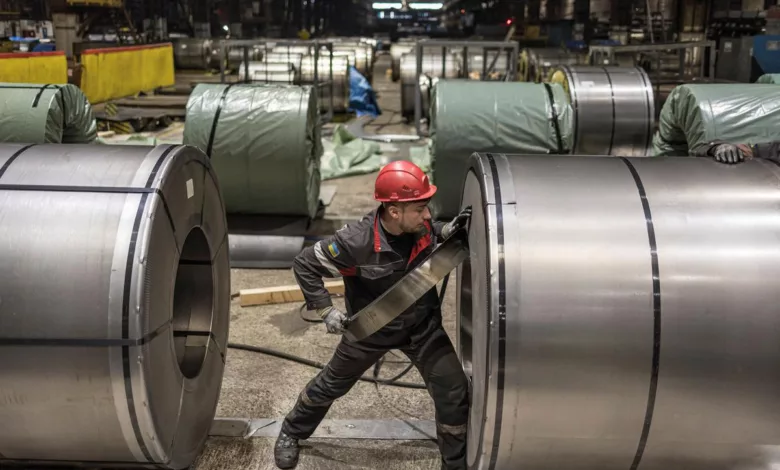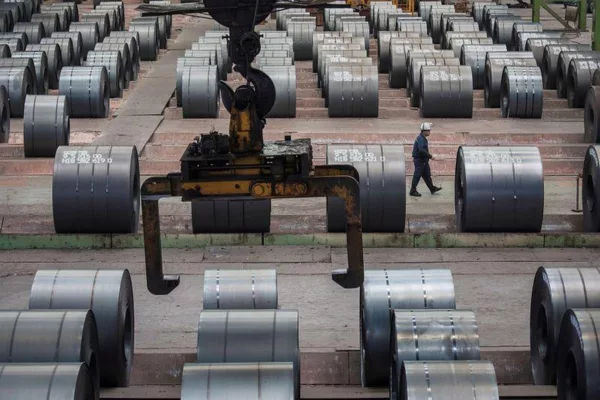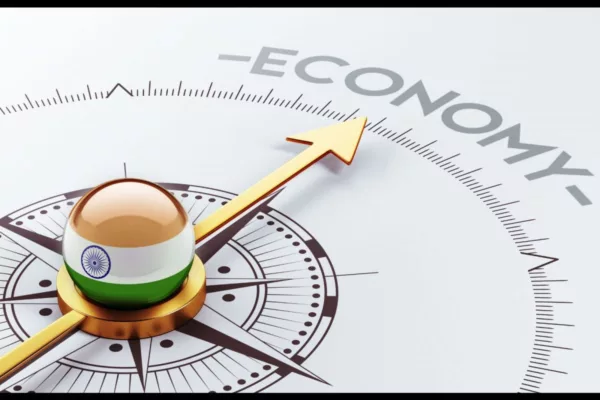China’s Expanding Economy To Alleviate Indian Steel Companies.

China’s Expanding Economy To Alleviate Indian Steel Companies.
The aggregate imports of stainless steel flattened items from China and Indonesia surged 178% in FY2022, from 185,132 tonnes in FY2021 to 515,051 tonnes in FY22. The Indian steel industry would have several innovative chances with China’s economy reopening, contributing to over a fifth of the global GDP.
Given that consumption is anticipated to sustain the recovery, Indian steel producers could take China’s place as a commodity supplier to other countries. Historically, Chinese demand has always had an asymmetrical effect on Indian metal industries. Within a year of the spike in Chinese demand in 2009, the Nifty Metal index had more than tripled to 4800 in March 2010.
In light of recessionary fears in developed economies like the US and Europe, where China is the largest consumer of commodities, a rise in Chinese demand could help boost global metals demand and prices. A crucial factor in preventing cheap imports to India and assisting in raising domestic steel prices would be rising demand and prices in China.

India is the world’s second-largest steel producer, and during the past two years, steel businesses have seen a massive increase in business. The population of India is expected to overtake China’s by the end of the year, according to the country’s current development boom. Prime Minister Narendra Modi is attempting to revamp the roadways, rail systems, and ports to compete with China as a manufacturing hub.
According to the World Steel Association, this will result in a 6.7% increase in steel demand, reaching over 120 million tonnes in 2023, the most significant growth rate among large nations. India, which experienced comparable growth this year, surpassed the US to replace China as the world’s No. 2 consumer of steel.
China would open up as a market, but Indian producers would also increase output to keep up with rising demand. Additionally, a decline in energy costs, especially coal, would boost the profits of Indian businesses. In contrast to investment-led growth, China would be focusing on consumption-led recovery, which suggests that significant expenditures in infrastructure development would not be made.
It will strive to bolster consumer demand, but in a consumer-driven economy, the product is less in-demand than it was in prior business cycles, according to Seshagiri Rao MVS, joint MD and group CFO of JSW Steel. As China won’t create any more steel, India would have the chance to take their place as a steel supplier to other nations. When output declines in China, we will also be able to export there.
A demand reduction would also decrease production, which would lower the price of raw materials and energy, including coal. Additionally, that will benefit Indian steel producers, said Rao. Director at Jindal Stainless Vijay Sharma is sceptical, though.
“Indian businesses should be cautious of Chinese commercial practices. China has far more capacity than it needs to produce steel, stainless steel, and other items, and it has a history of dumping goods into the US, the EU, Japan, and other countries, including India.

According to Sharma, China has received anti-dumping or anti-subsidy duties from most nations. Chinese corporations have begun manufacturing stainless steel in Indonesia, with at least a 25-fold capacity over demand. Due to this, the vast majority of the produce is now exported.
It is very tough for any company to compete with the subsidies of roughly 20-30% by the governments of Indonesia and China, he said, adding that the Indian government’s many attempts to lower the cost of capital and logistics will enable Indian industry to become competitive.
From 185,132 tonnes in FY21 to 515,051 tonnes in FY2022, combined imports of stainless steel flat goods from China and Indonesia increased by 178%. However, according to data from the ministry of trade and industry, imports from the rest of the globe decreased by 8%.
Hetal Gandhi, director-research at Crisil Market Intelligence & Analytics, claims that the Chinese economy’s opening has caused a surge in worldwide pricing and a substantial increase in Chinese steel prices by over 20% from November lows.
A spike in Chinese demand is not likely to result in finished steel shipments to China, but it has made imports more expensive once more, which would encourage domestic producers to increase their output. However, the benefit would only apply to replacing imports in the short run. According to Gandhi, this is anticipated to occur in February, which also noted that crude steel output has remained at a monthly average of roughly 10.5 million tonnes (mt), basically unchanged from October to December 2022.
It is anticipated to increase starting in January 2023 in line with rising demand and declining imports. China’s economy has moved past Covid, and a quick and robust recovery is anticipated. This recovery started in late December. According to Morgan Stanley research, the pace of recovery has been strong, despite a few one-off variables being at work.

The brokerage firm stated, “We project above-consensus GDP growth of 5.7% but see mild reflation. We expect the economy to move to a new trend of growth after Covid and the regulatory reset by the second half of 2023, mainly supported by consumption amid excess savings, improving household balance sheets (after hiccups in 2022), and recovery in the job market and income expectations.
After trials, prices in the domestic market are expected to increase in the coming quarter. Firms have already increased prices by Rs 2,000–3,000 per tonne for both flat and long steel.
According to Jayant Acharya, deputy managing director at JSW Steel Ltd., the biggest producer in the country, a lot of steel and other commodities are needed during the nation-building stage of any economy. According to him, India is currently moving through that phase, which might increase its steel demand to more than 200 million tonnes by 2030.
edited and proofread by nikita sharma




